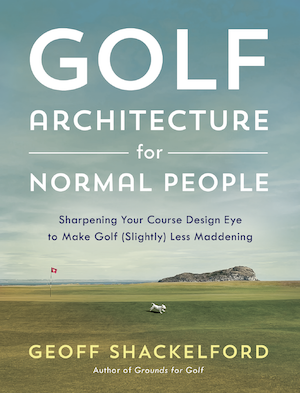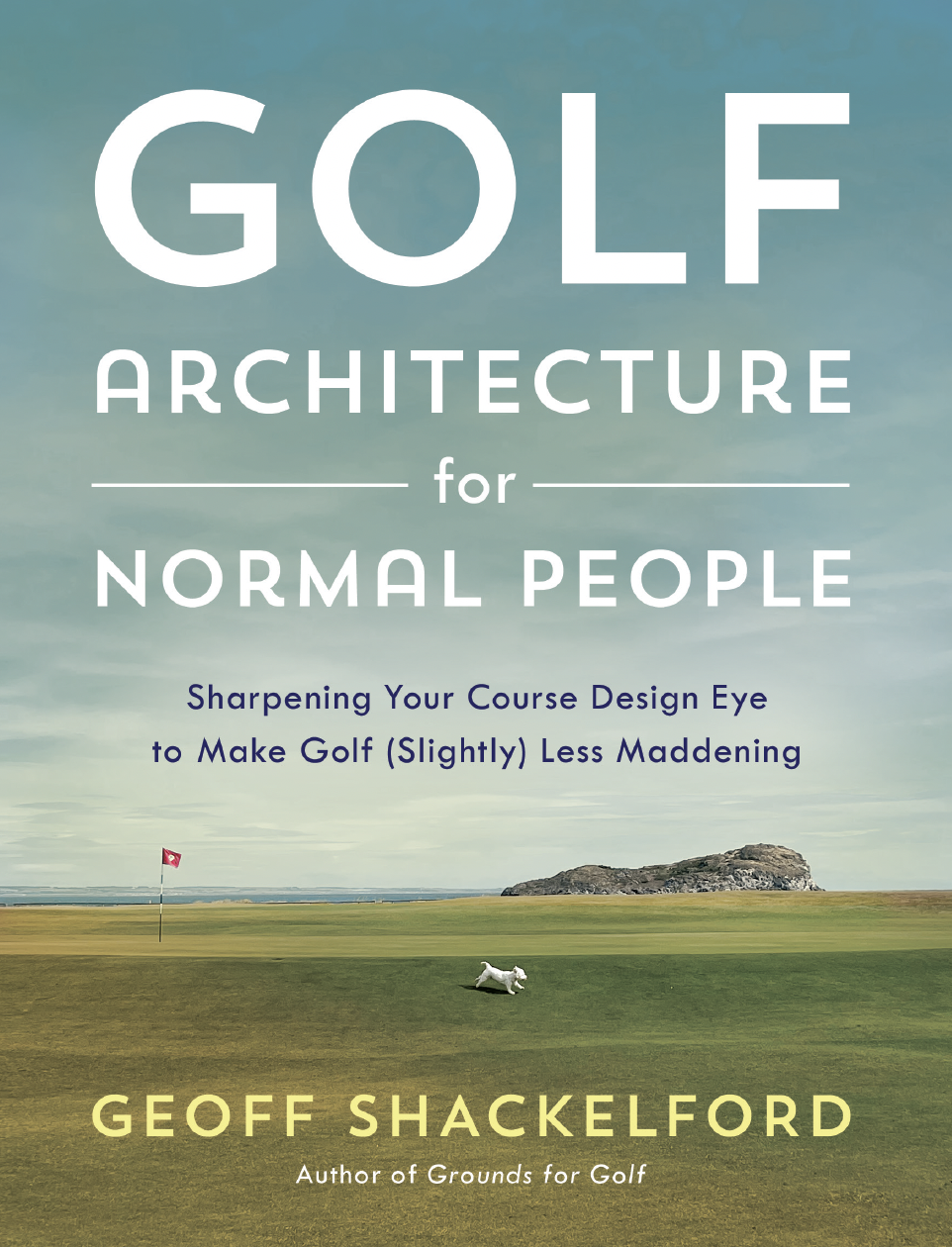 I'm not really sure where to start with Nick Seitz's compelling look at the state of shotmaking in Golf World's season preview because there are so many points worth noting (and I haven't even gotten to Jaime Diaz's companion chat with Geoff Ogilvy yet, but can't wait.)
I'm not really sure where to start with Nick Seitz's compelling look at the state of shotmaking in Golf World's season preview because there are so many points worth noting (and I haven't even gotten to Jaime Diaz's companion chat with Geoff Ogilvy yet, but can't wait.)
The first thought is this: consider how much has changed and the depth of reporting looking at the impact of these changes.
In May 2005 I sat down for an SI Golf Plus roundtable that included Brad Faxon, David Fay and Larry Dorman. They essentially teamed up to tell me that shotmaking was alive and well, the game was more interesting than ever, etc...
Anyway if you go back and read it you realize how absurd they probably sound to a majority of golf fans just two years later, which speaks volumes about how perceptions of the game have changed in a short time.
Which brings us to the Seitz piece, where the overwhelming number of folks quoted blame the golf ball above all else (we'll touch on the club, instruction and architecture blame later).
So here's the first item that leaps off the page:
Such is his upbringing and talent level, Tiger Woods can pitch a tent in both the traditional and new-age camps, but he laments the decline in more resourceful play. "Most of today's young players never had to work the ball growing up because they were more concerned about distance," he says. "Shotmaking has changed because of the balls. They're harder to work. They go straighter."
If balata balls and persimmon heads were still in play, Woods might well win even more. "Any time a player understands how to shape a golf ball and can consistently hit the ball flush, you're going to want the ball to move more and the equipment to be less forgiving," Woods says. "It puts a premium on quality."
Tiger's custom golf balls, a version of the Nike One Platinum not available in the marketplace, spin more and are easier to maneuver. "They're the spinniest on tour," he says, showing he can coin words as well as craft shots. He doesn't mind giving up a little yardage off the tee to gain accuracy into the greens. Of course, he still averages 300 yards per drive (302.4 yards, 12th on tour in 2007, to be exact).
Now, the USGA and R&A have been running around in circles to figure out ways to restore the importance of skill and shotmaking in the game without touching the ball because the tie between PGA Tour play and average golfer consumption of products the pros play is the most holy of synergies.
Yet here have Tiger not even playing the ball they sell. The only synergy is brand-related, not product related.
I find this odd on many levels. Besides the fact it's another example that the all-vital connection between the pro and amateur games that we are told must be preserved (and which we learn more and more does not actually exist), from a business perspective it just amazes me that this ball is not for sale.
 Golf World's E. Michael Johnson talks to players about the last time they used a persimmon driver. Some of the answers are pretty interesting.
Golf World's E. Michael Johnson talks to players about the last time they used a persimmon driver. Some of the answers are pretty interesting.













